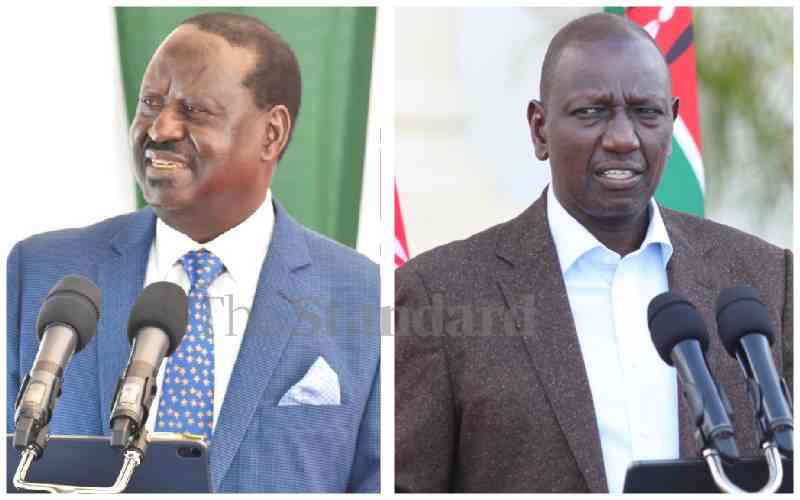×
The Standard e-Paper
Kenya’s Boldest Voice

Silence had engulfed the entire field. Hundreds of men and children huddled quietly on the grassy patch. You could feel the occasional huffing and puffing as they followed the intense cowboy movie on the open-air screen.
The Star, his hands on his hips, watched keenly from the corner of his eyes as his enemies approached him. It was a dusty and hilly scene. We all held our collective breath as they crouched within shooting distance.